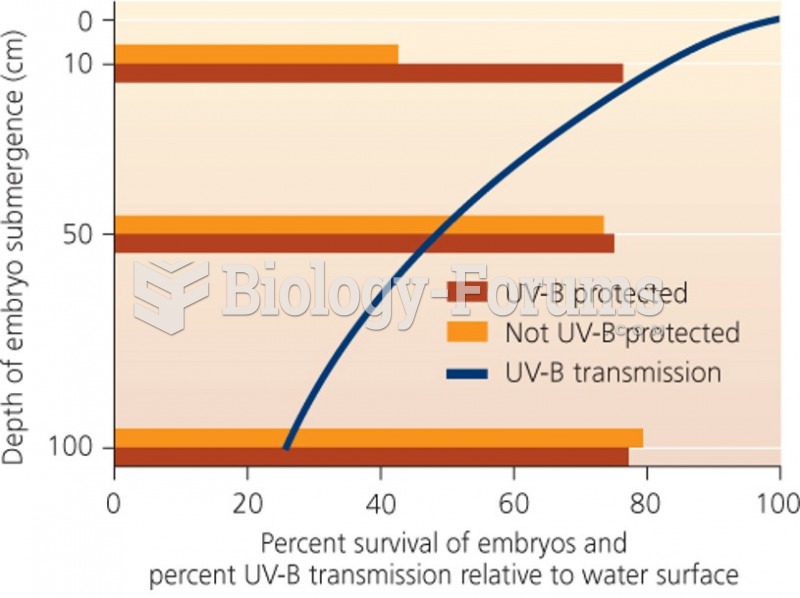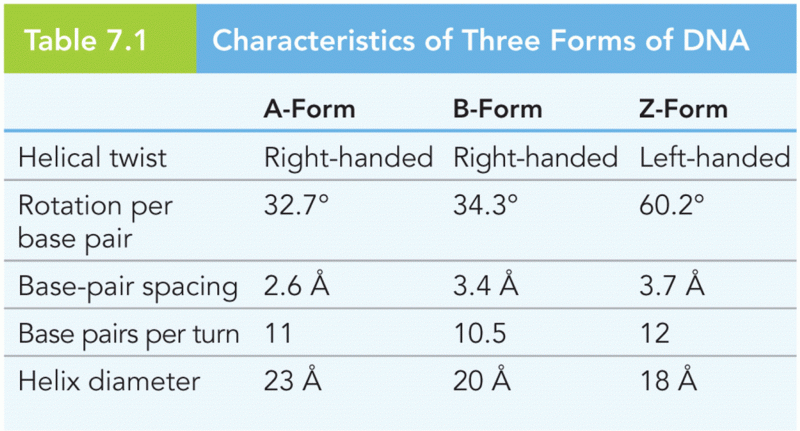Answer to Question 1
Characteristics of courthouse shootings:
Litigants (plaintiffs, defendants, witnesses, or lawyers) were the intended targets in about 60 percent of the shooting incidents, while judges and police officers were targeted in about 40 percent.
About 40 percent of the shooters were shot either by the court's security forces or by their own hand.
The majority of the 114 courthouse shooting incidents that were identified occurred in about the past 25 years.
The firearms used were either brought in by the shooter, taken from a deputy, or smuggled in to a defendant or prisoner.
Domestic violence or problems was the motive in one-third of the shootings, escape was the motive in one-fourth, and assassination or another reason was the motive in 35 percent.
Victims of the shootings were judges, police officers, litigants or other court officials (including plaintiffs, defendants, witnesses, lawyers).
In about four of ten courthouse shooting cases, the shooter was shot either by security forces or via self-inflicted gunshot wounds; the vast majority of the shooters were captured.
While 91 percent of the respondents indicated that they have access to metal detectors, their usage varies widely; usage was often spotty or only for major trials.
There are two types of violence that can occur in courthouses:
Nontargeted courthouse violence involves an individual who has no specific preexisting intention of engaging in violence but who, either during, at the conclusion of, or sometime shortly after the court proceeding, becomes incensed and defiant at some procedure or outcome and acts out in the courtroom or public corridors. If this person also has a weapon, it might be used against the source of the grievancea judge, attorney, witness, court employee, defendant or plaintiff, or bystander. If there are no judicial security screening devices or patrols on the premises, the person may proceed to attack people within the courthouse.
Targeted courthouse violence involves an individual who expressly intends to engage in courthouse violence. These persons often simmer and stew for long periods of time, so there is often some delay in responding to real or perceived affronts and insults. During this time, these people may or may not make threats and often create plans to circumvent security measures. They deliberately focus on specific individuals or the judiciary itself.
Of the two groups, the nontargeting group has been responsible for most of the violent incidents in our nation's courthouses.
Answer to Question 2
d







